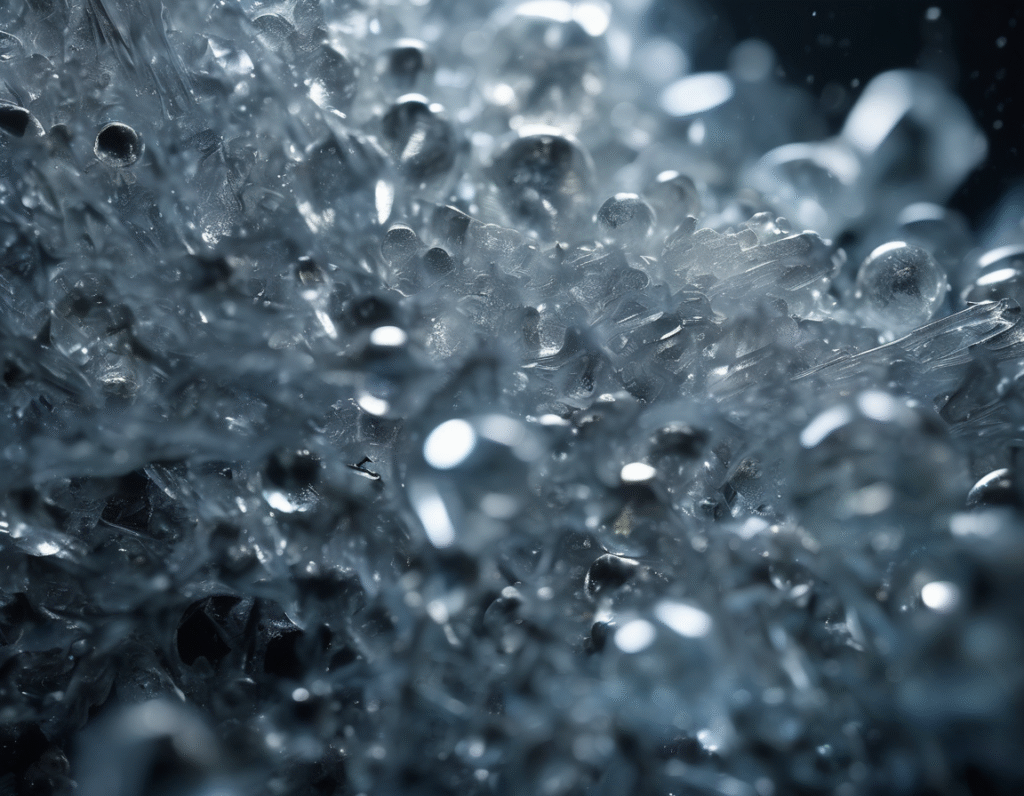Saturns Moon Enceladus Looks Increasingly Like a Cradle for Life Mars is not the only nearby world that could potentially host life. Scientists are growing more confident that Saturns moon Enceladus might also be habitable. A new scientific paper published this week details the discovery of increasingly complex molecules originating from beneath the moons icy crust. According to one expert, we now have all elements required for Enceladus to harbour life. Enceladus offers a unique opportunity for scientists. It actively spews plumes of water ice from its south pole, shooting material thousands of miles into space. The Cassini mission confirmed these dramatic geysers. They are believed to come from a vast, global subsurface saltwater ocean that is about 30 miles deep. Previous studies had already found the basic chemical ingredients for life as we know it within material from Enceladus. However, that earlier evidence was often gathered indirectly, such as by studying Saturns E ring, which is made of ice particles from the moons plumes. This new research is different because it analyzed data collected by the Cassini spacecraft when it flew directly through the plumes themselves. The key advancement is the freshness and variety of the organic molecules detected. The lead author of the study explained that the ice grains they were effectively sampling were just minutes old. This means scientists are capturing a pure, unaltered sample from the subsurface ocean, untouched by the harsh radiation of space that can degrade such compounds. The paper states that finding these organics directly in the plume rules out space weathering as the only way they could have formed. It confirms the molecules survived their journey from the ocean, through the ice shell, and out into space. The researcher also noted that the results show a significant increase in the complexity of the organic chemistry happening beneath the surface of Enceladus. He said that when you see this kind of complexity, it means the habitable potential of the moon is increasing right now. This discovery does not prove that life exists on Enceladus. What it does strongly suggest is that the moon possesses a chemically rich and active subsurface ocean that contains the necessary building blocks for life. The search for life beyond Earth continues, with Enceladus now presenting a compelling case alongside Mars.


